Vauxhall Mokka-E heralds brand’s new design-led direction
Vauxhall Mokka-E, the brand’s newest electric car, is the crisp, fresh face of a wider new design direction
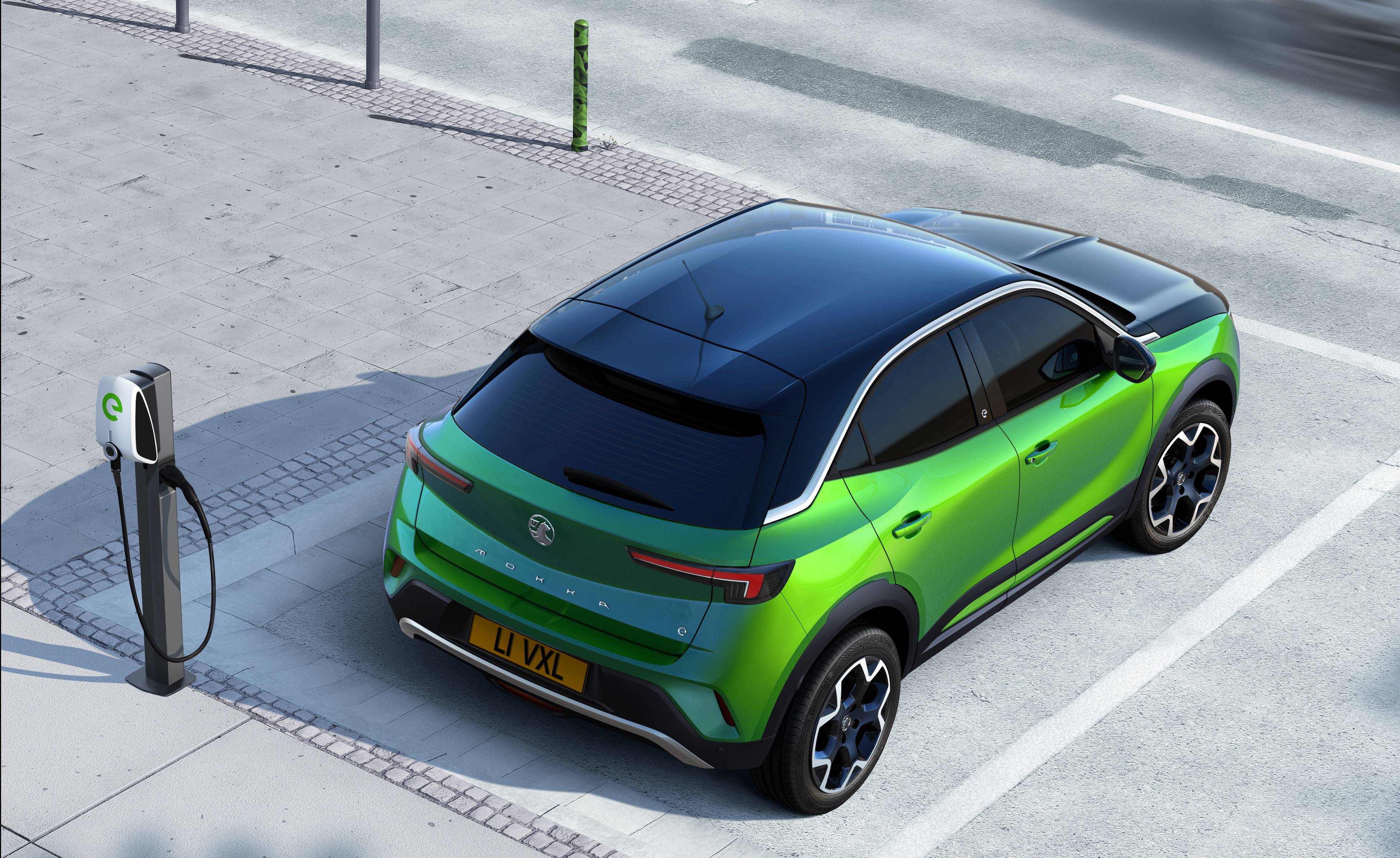
The Mokka-E is the first serving of Vauxhall’s newly instigated quest for cool. The venerable brand can trace its history all the way back to 1857, and the company became the Vauxhall Iron Works in 1897, a nod to its south London location. Based in Luton since the turn of that century – where it still has substantial factories – Vauxhall became part of the rapidly expanding General Motors in 1925.
Ultimately, its American parents squished the brand together with another acquisition, German manufacturer Opel. Both companies have long shared development, design, and manufacturing, with UK-bound cars bearing the Vauxhall badge and Opel used elsewhere in Europe. Vauxhall and Opel were acquired by the French Groupe PSA in 2017 for over $2bn. In early 2021, the merger of PSA and Fiat Chrysler Automobiles created Stellantis, a monumental global mobility company with an armoury of brands across the spectrum.
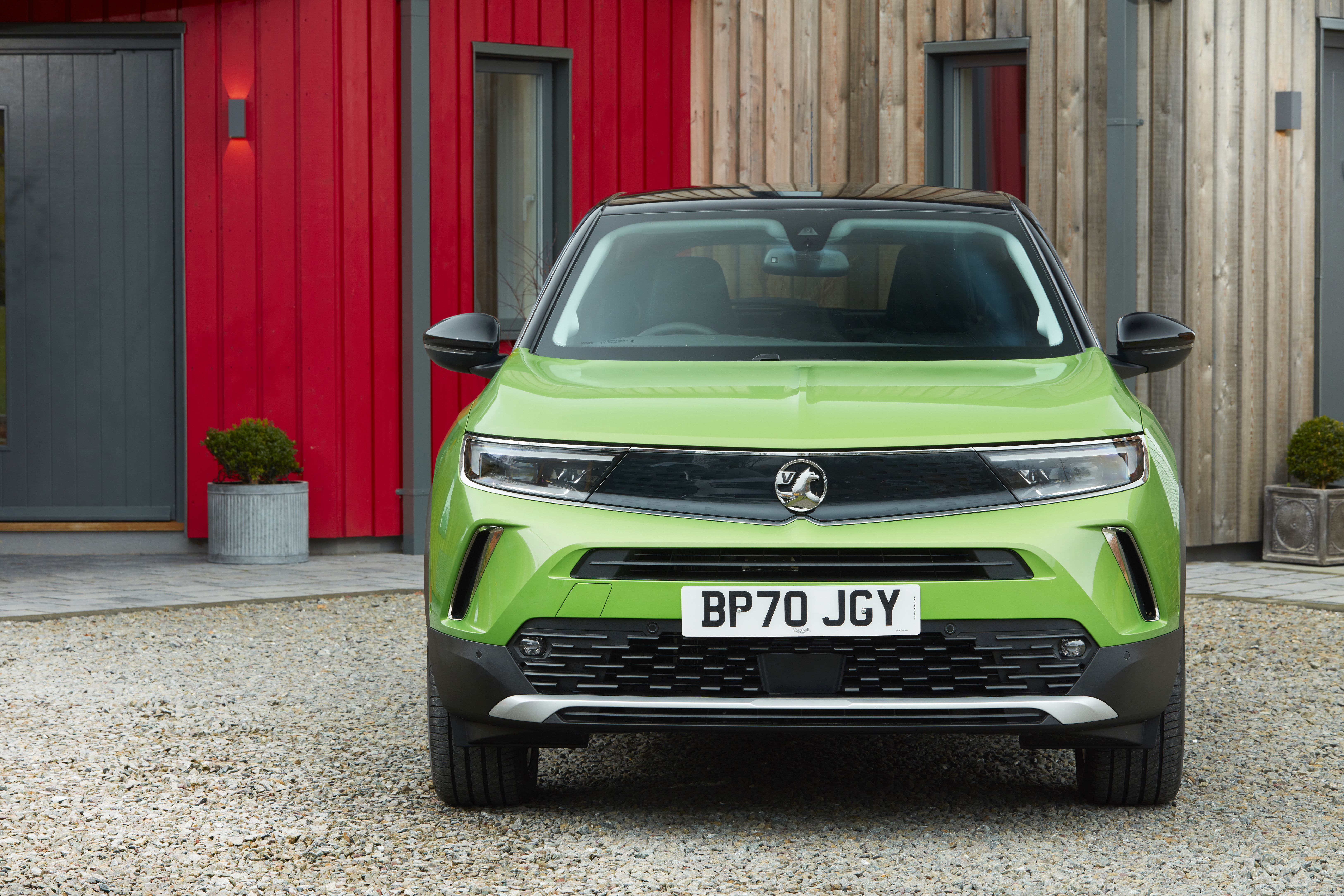
The 2021 Vauxhall Mokka-E spearheads Vauxhall's new 'Vizor' design language
Over the decades, Vauxhall has acquired a no-nonsense image, its vehicles representing a Platonic ideal of a car, MPV, or van. Some of the best-selling cars of the century are Vauxhalls, and their ubiquity affords a certain invisibility.
No one lusts over a Vauxhall, but chances are, there’s a model in the range that does everything – and more – that you actually need from a car. So how to shift this image?
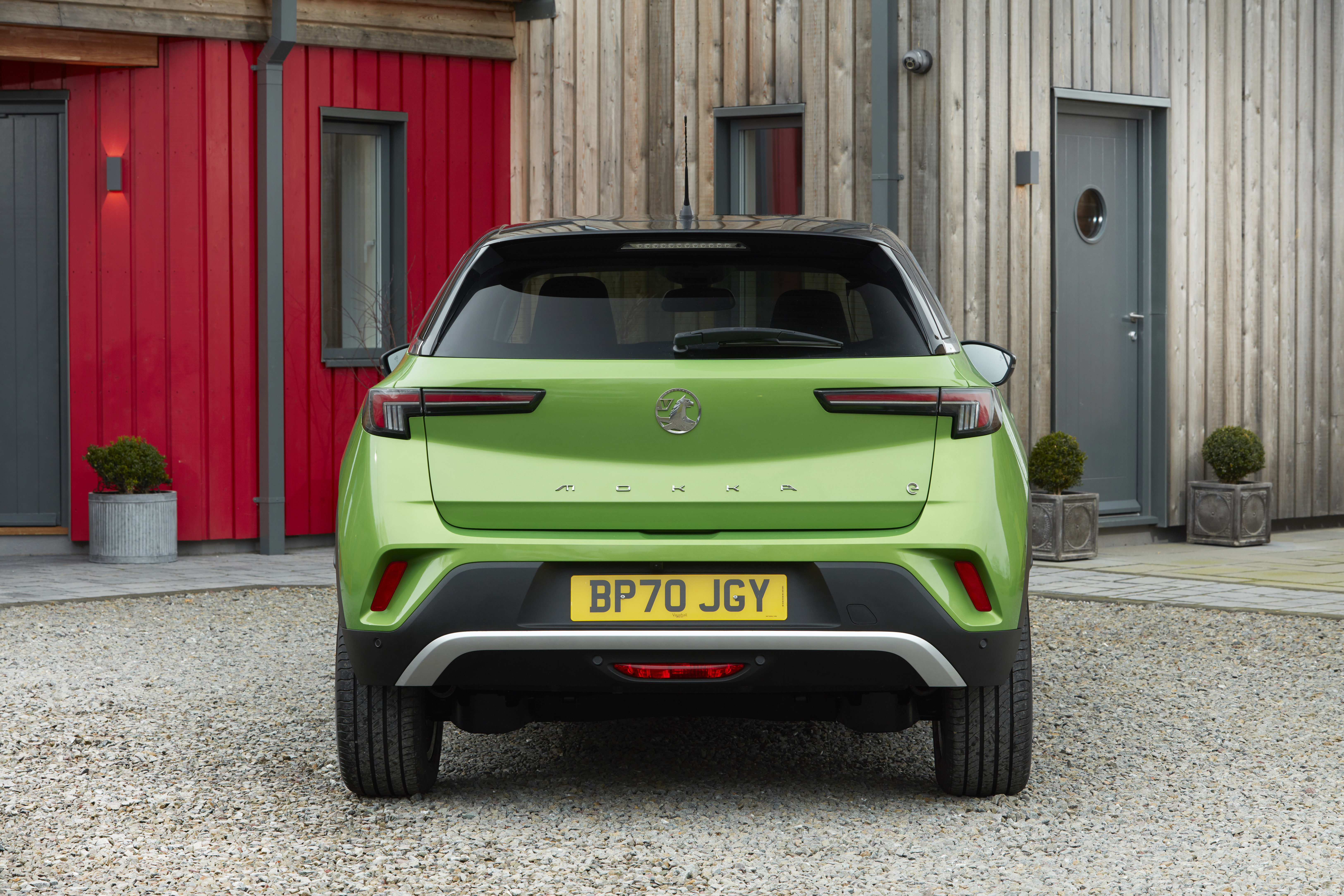
Neatly delineated, with sharp creases and minimal detailing, the Vauxhall Mokka-E is a departure for the brand
Vauxhall Mokka-E reveals new design direction
One answer is electrification, a central core of Stellantis’ vision. Vauxhall (and Opel) are poised to become the desirable face of middle market innovation. The new Mokka-E crystalises this ambition into a single, stand-out model. Although it’s also available as a conventionally powered car, the electrified Mokka offers a 201-mile range (about average, as these things go), but also supports ultra-rapid 100kW charging, which strengthens its use case.
The most important aspect of the car is its design, which stands out with much sharper, more pronounced creases and folds than its rivals, as well as a focus on a prominent ‘face’. Vauxhall calls this new approach ‘Vizor’ design, and it’s a welcome step away from the amorphous forms that had become so widespread in mass market car design, with overly stretched headlights and superfluous curves.
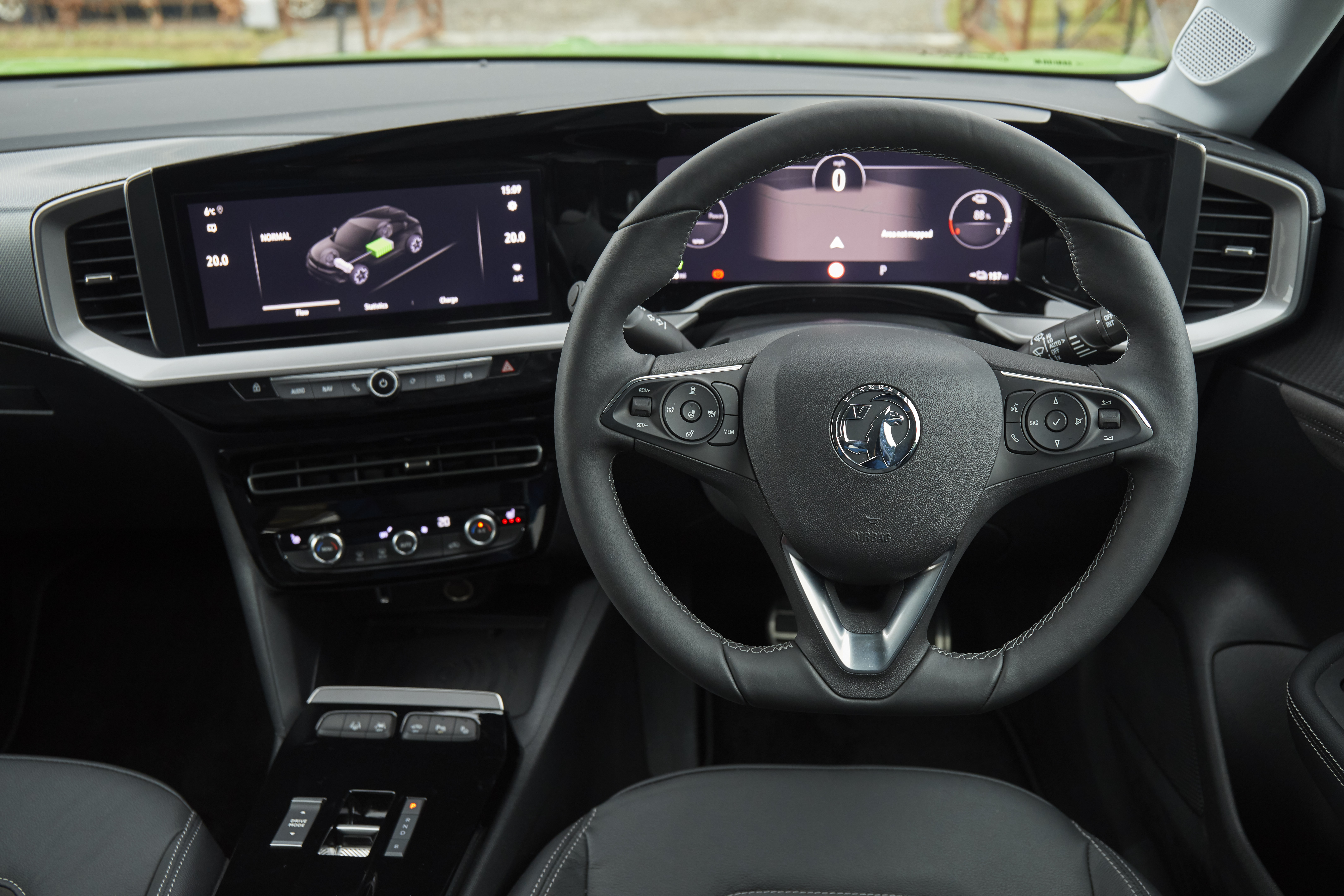
The 2021 Vauxhall Mokka-E interior has a premium feel, with unfussy graphics and tactile controls
The Mokka-E is a crisp and tightly delineated design. There’s a hint of the company’s last design heyday, back in the 1970s, when Vauxhall successfully Anglicised the angularity of American big-car design and turned it into something altogether unique.
Wallpaper* Newsletter
Receive our daily digest of inspiration, escapism and design stories from around the world direct to your inbox.
The American designer Wayne Cherry headed up Vauxhall’s design studio from 1975, after a spell at General Motors. His ‘Droopsnoot’ version of the 1973 Firenza since became a modern classic, albeit not a strong seller. There was also Opel’s Manta model (one of the few Opel branded cars sold in the UK), a neat two-door coupé that was recently re-born as a one-off electric restomod.
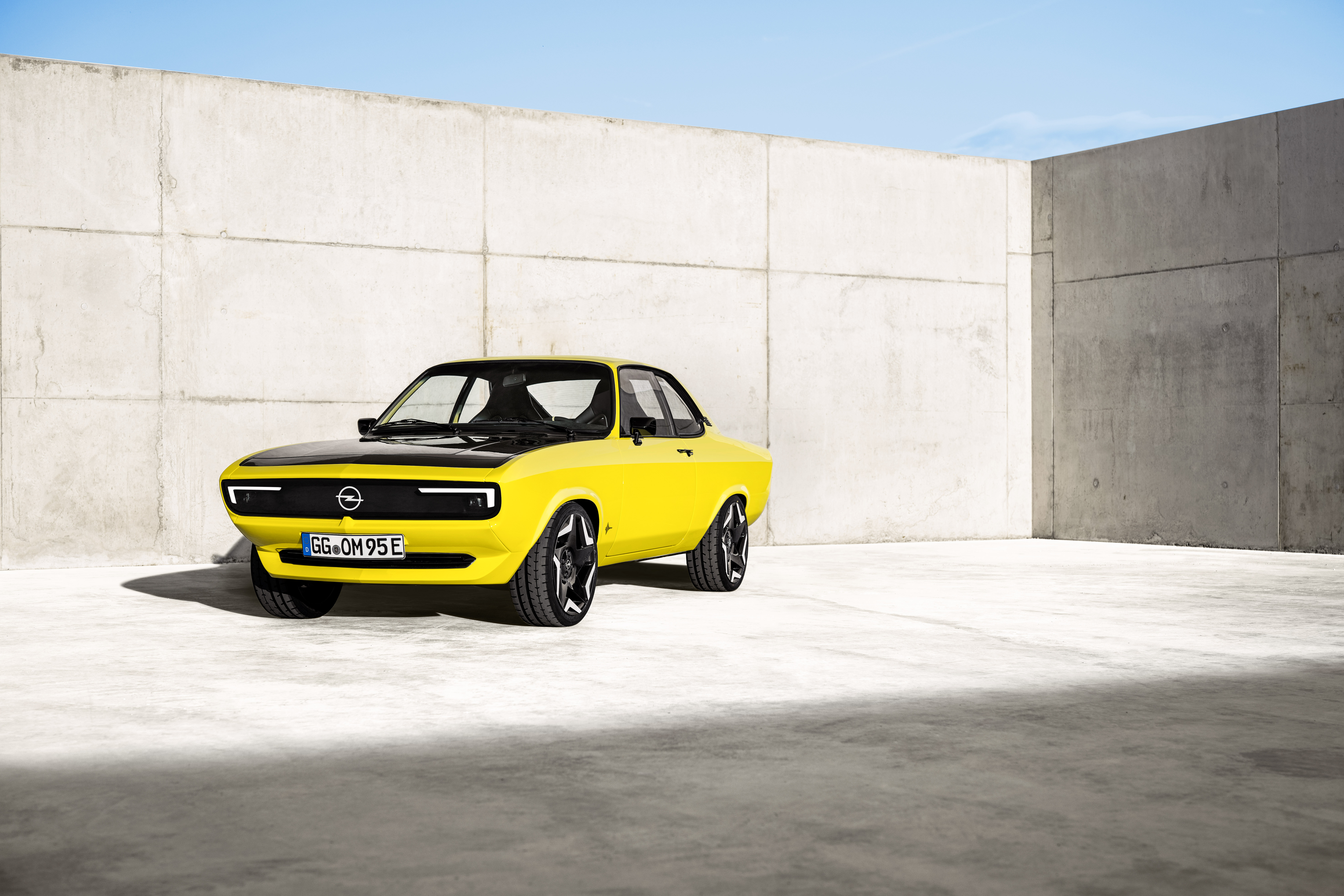
The new Opel Manta GSe ElektroMOD heralds a new playfulness from Vauxhall and Opel
The Mokka-E’s design taps into the straight edge forms of 1970s design, a visual language that is undergoing something of a revival. Although it’s ironic that an era of big-engined, high-polluting cars is now underpinning the aesthetics of electrification, there’s no denying that there’s freshness to these designs that has been missing for years.
Electrified Vauxhall line-up by 2028
Vauxhall is rolling out the Vizor language to its other models, including the Grandland and Crossland SUVs, as well as the all-new Corsa (the UK’s best-selling car), which will also be available as a pure electric vehicle for the first time. By 2028, the company expects its entire line-up to be fully electric.

The new 2021 Vauxhall Corsa-E, alongside Heatherwick Studio's East Beach Café in Littlehampton
While the Mokka-E looks and drives in a very contemporary fashion, the company’s flagship model, the Insignia, has a mountain to climb to make a case for its existence.
There’s nothing wrong with the Insignia at all, but it epitomises Vauxhall’s longstanding role as a supplier of quiet but unstimulating competence. It’s pleasant to drive, well equipped, comfortable, and spacious; all these boxes are ticked without the Insignia inspiring much passion or emotion.
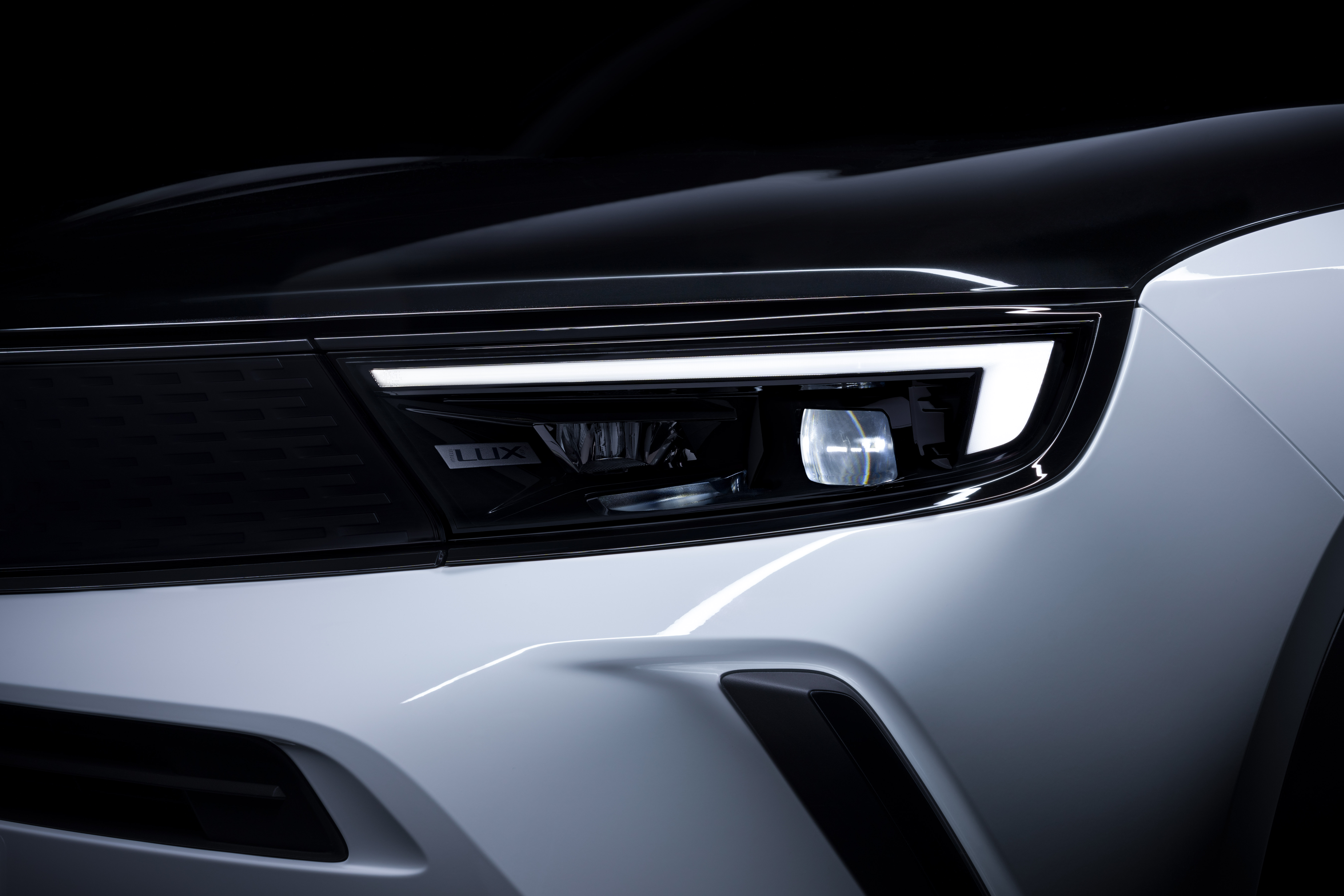
Detail design – seen here in the Mokka-E's LED headlights – is the key to tomorrow's Vauxhall
For those who crave simplicity without the distraction of status, Vauxhall’s older models are perfect. Yet big saloons and estates are fast dropping in popularity, just like conventional car sales. Leases, loans, hires and sharing are all here to shake up the market. Throw in the fact that business buyers for cars such as the Insignia are either switching to electric or vanishing altogether, while families switch to SUVs and crossovers, and you can see the writing on the wall.
Vauxhall’s electrification promises more design diversity, just as it does for every big company. The manufacturer that cracks the volume EV market will be welcome by those buyers who are crying out for individuality and innovation. Vauxhall will have to focus hard on its ‘E’ models to maintain its longstanding position of market leader.
INFORMATION
Vauxhall Mokka-E, from £30,840
Jonathan Bell has written for Wallpaper* magazine since 1999, covering everything from architecture and transport design to books, tech and graphic design. He is now the magazine’s Transport and Technology Editor. Jonathan has written and edited 15 books, including Concept Car Design, 21st Century House, and The New Modern House. He is also the host of Wallpaper’s first podcast.
-
 Sotheby’s is auctioning a rare Frank Lloyd Wright lamp – and it could fetch $5 million
Sotheby’s is auctioning a rare Frank Lloyd Wright lamp – and it could fetch $5 millionThe architect's ‘Double-Pedestal’ lamp, which was designed for the Dana House in 1903, is hitting the auction block 13 May at Sotheby's.
By Anna Solomon
-
 Naoto Fukasawa sparks children’s imaginations with play sculptures
Naoto Fukasawa sparks children’s imaginations with play sculpturesThe Japanese designer creates an intuitive series of bold play sculptures, designed to spark children’s desire to play without thinking
By Danielle Demetriou
-
 Japan in Milan! See the highlights of Japanese design at Milan Design Week 2025
Japan in Milan! See the highlights of Japanese design at Milan Design Week 2025At Milan Design Week 2025 Japanese craftsmanship was a front runner with an array of projects in the spotlight. Here are some of our highlights
By Danielle Demetriou
-
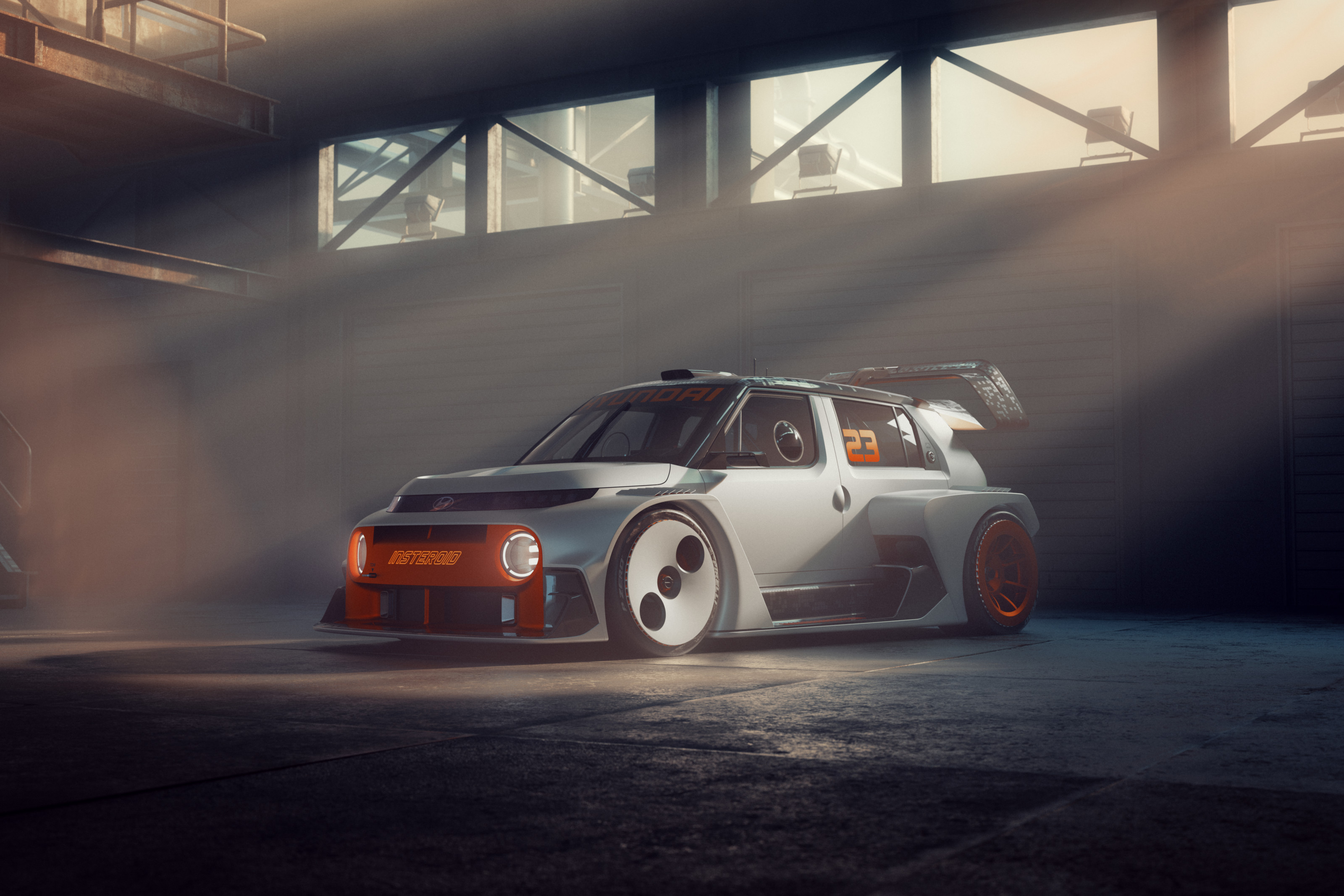 2025 Seoul Mobility Show report: all that's new and notable
2025 Seoul Mobility Show report: all that's new and notableOpened at a time of high national drama, the 2025 Seoul Mobility Show has gone on to underscore Korea’s place at the cutting edge of the auto industry. Guy Bird was there
By Guy Bird
-
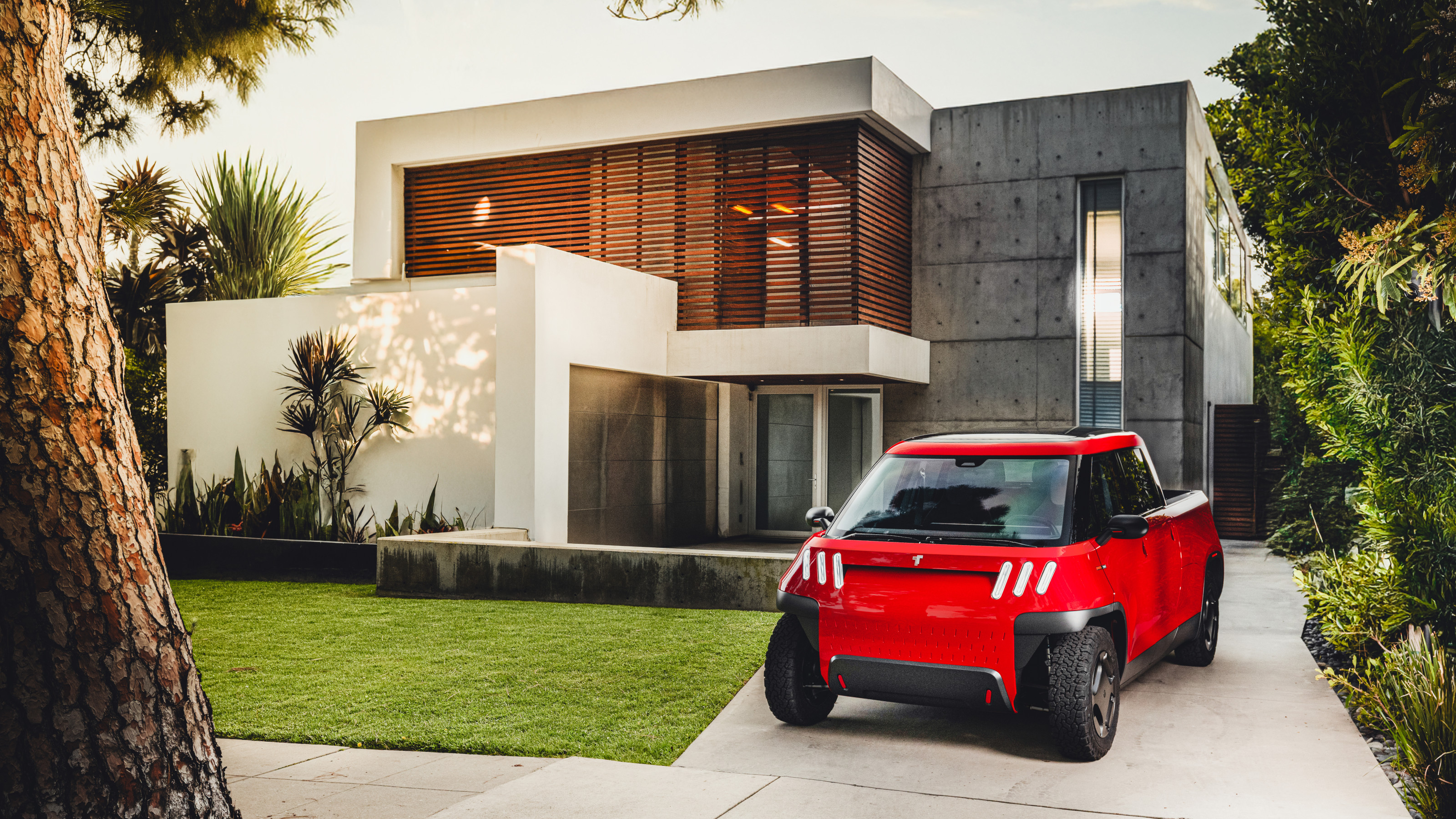 Meet the final drivable prototype of the Telo MT1 pickup truck, shaped by Fuseproject
Meet the final drivable prototype of the Telo MT1 pickup truck, shaped by FuseprojectThe Telo MT1 is a modestly scaled EV that turns the traditional all-American approach to pick-up truck design on its head
By Jonathan Bell
-
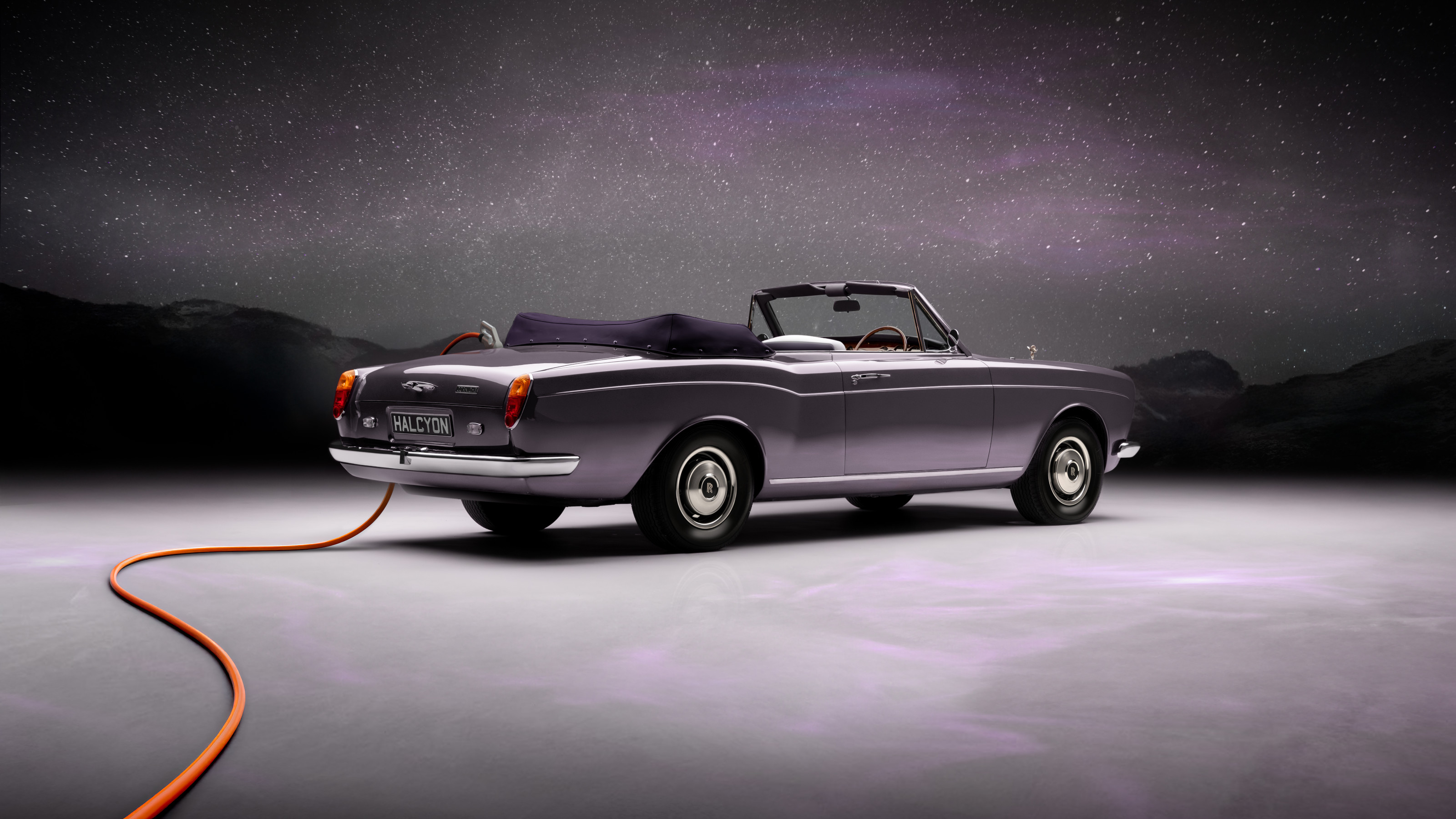 EV start-up Halcyon transforms a classic 1970s Rolls-Royce into a smooth electric operator
EV start-up Halcyon transforms a classic 1970s Rolls-Royce into a smooth electric operatorThis 1978 Rolls-Royce Corniche is the first fruit of a new electric restomod company, the Surrey-based Halcyon
By Jonathan Bell
-
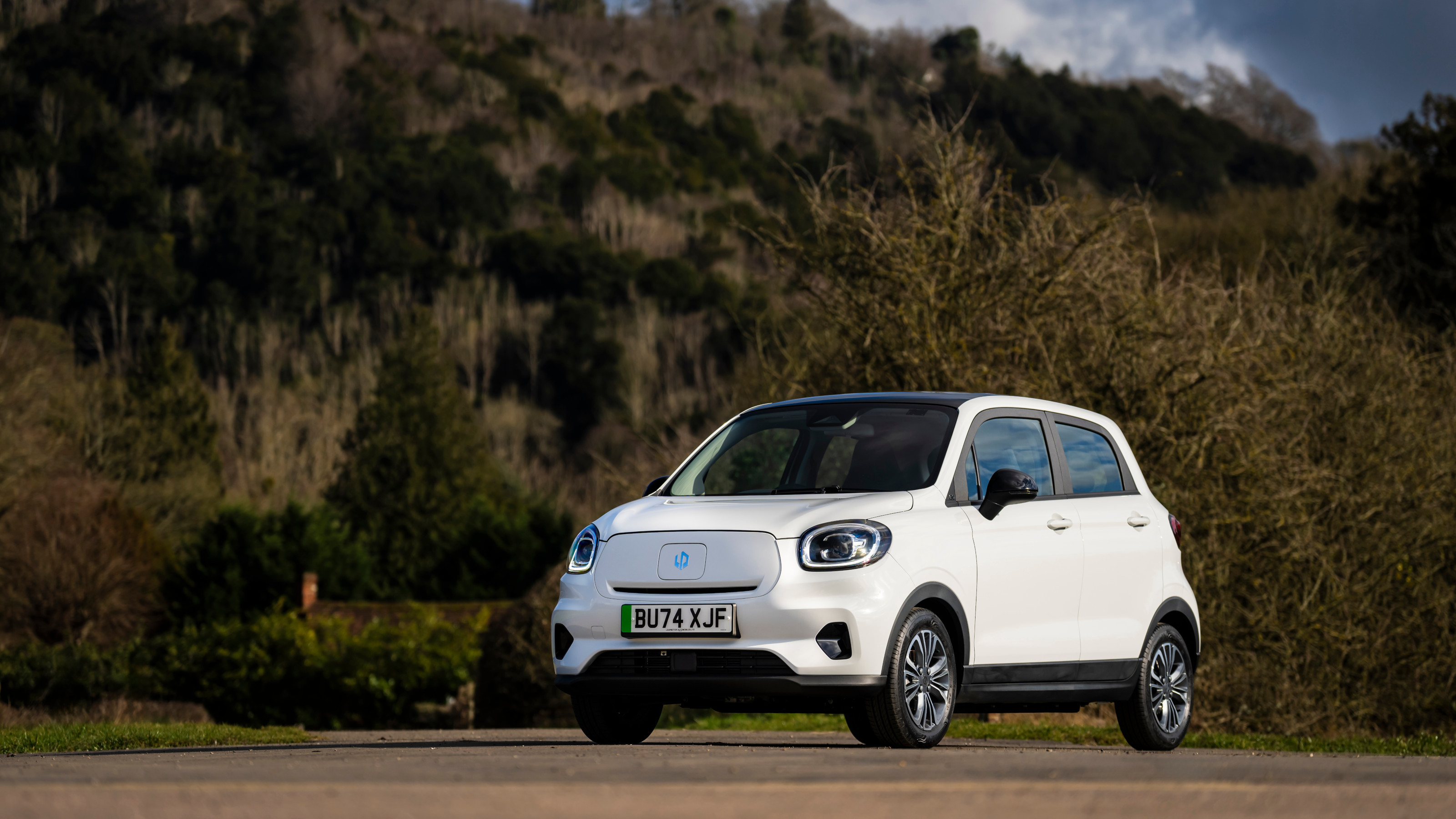 China’s Leapmotor pounces on the European car market with its T03 city car and C10 SUV
China’s Leapmotor pounces on the European car market with its T03 city car and C10 SUVLeapmotor’s tiny electric city car could be just the tonic for cramped urban Europe. We sample the T03 and its new sibling, the fully loaded C10 SUV, to see if the company’s value proposition stacks up
By Jonathan Bell
-
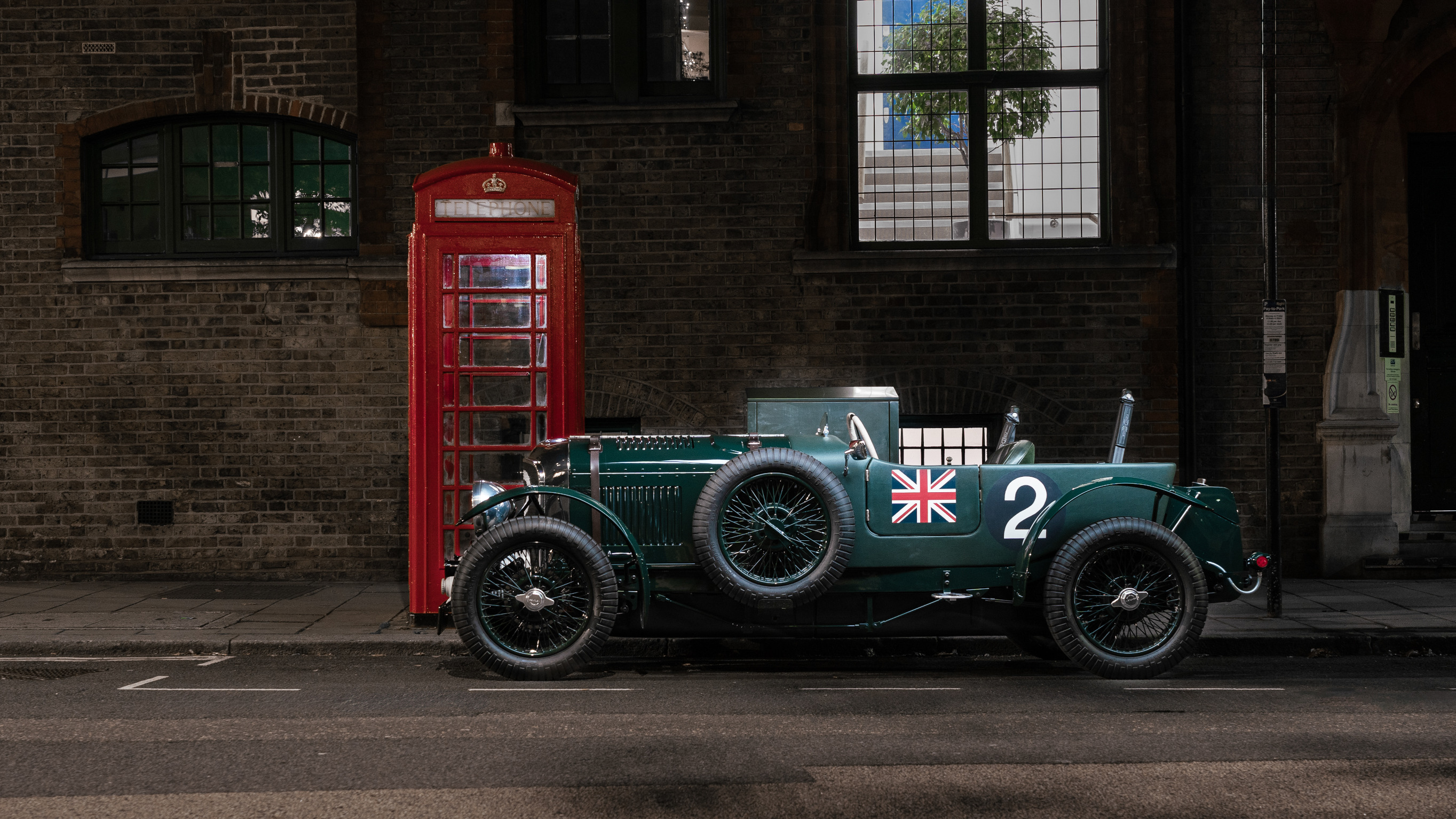 Wallpaper* takes the wheel of the Bentley Blower Jnr for a rich automotive experience
Wallpaper* takes the wheel of the Bentley Blower Jnr for a rich automotive experienceHedley Studios has shrunk the mighty Bentley Blower into this all-electric, road-legal barnstormer. We take it to the streets of London
By Jonathan Bell
-
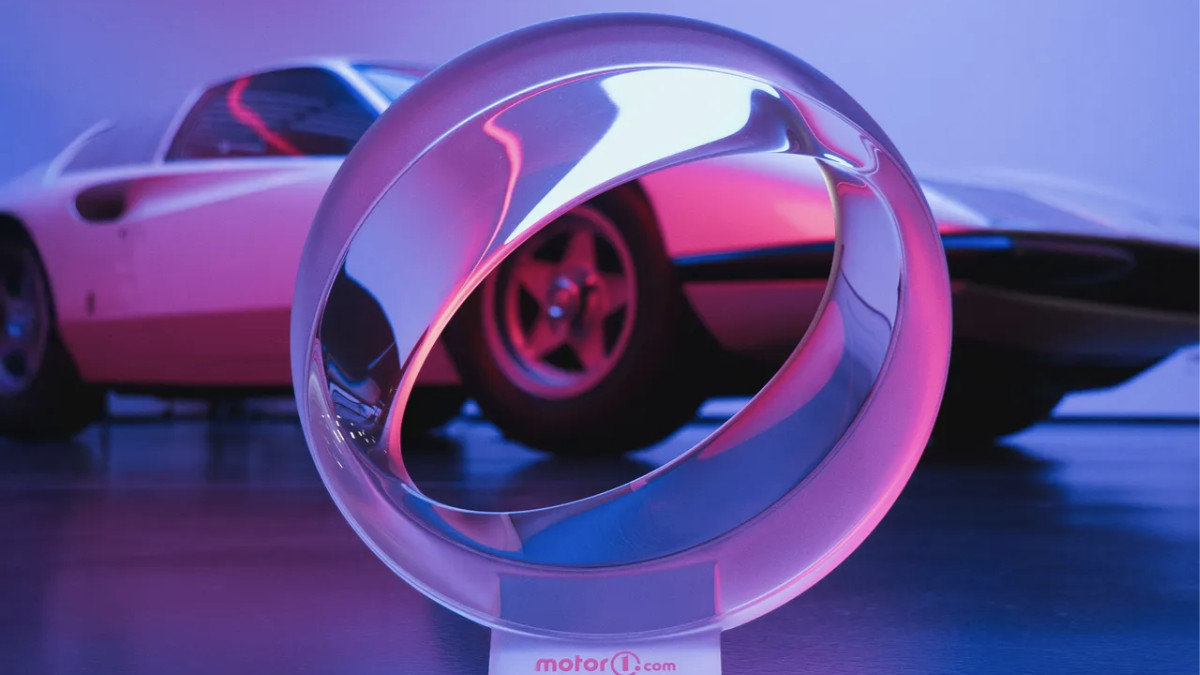 We are the world: Pininfarina’s ‘Orbis’ taps Papal support for an eco-friendly agenda
We are the world: Pininfarina’s ‘Orbis’ taps Papal support for an eco-friendly agendaThe Orbis is a ‘symbolic object’, a gift to Pope Francis from the Italian design agency at a time of political upheaval and social fracture around all aspects of sustainability
By Jonathan Bell
-
 The exclusive Callum Skye EV reveals its interior style ahead of a 2025 launch
The exclusive Callum Skye EV reveals its interior style ahead of a 2025 launchThe Skye is a bespoke sporting EV with a lightweight ethos and an unconventional design. The forthcoming car now has a fully finished interior
By Jonathan Bell
-
 La Vie en Rose: can the Jaguar Type 00 reset the narrative surrounding the brand’s reinvention?
La Vie en Rose: can the Jaguar Type 00 reset the narrative surrounding the brand’s reinvention?This is the Jaguar Type 00, the first physical manifestation of the reborn brand’s new commitment to ‘Exuberant Modernism’. We take it for a semiotic spin
By Jonathan Bell